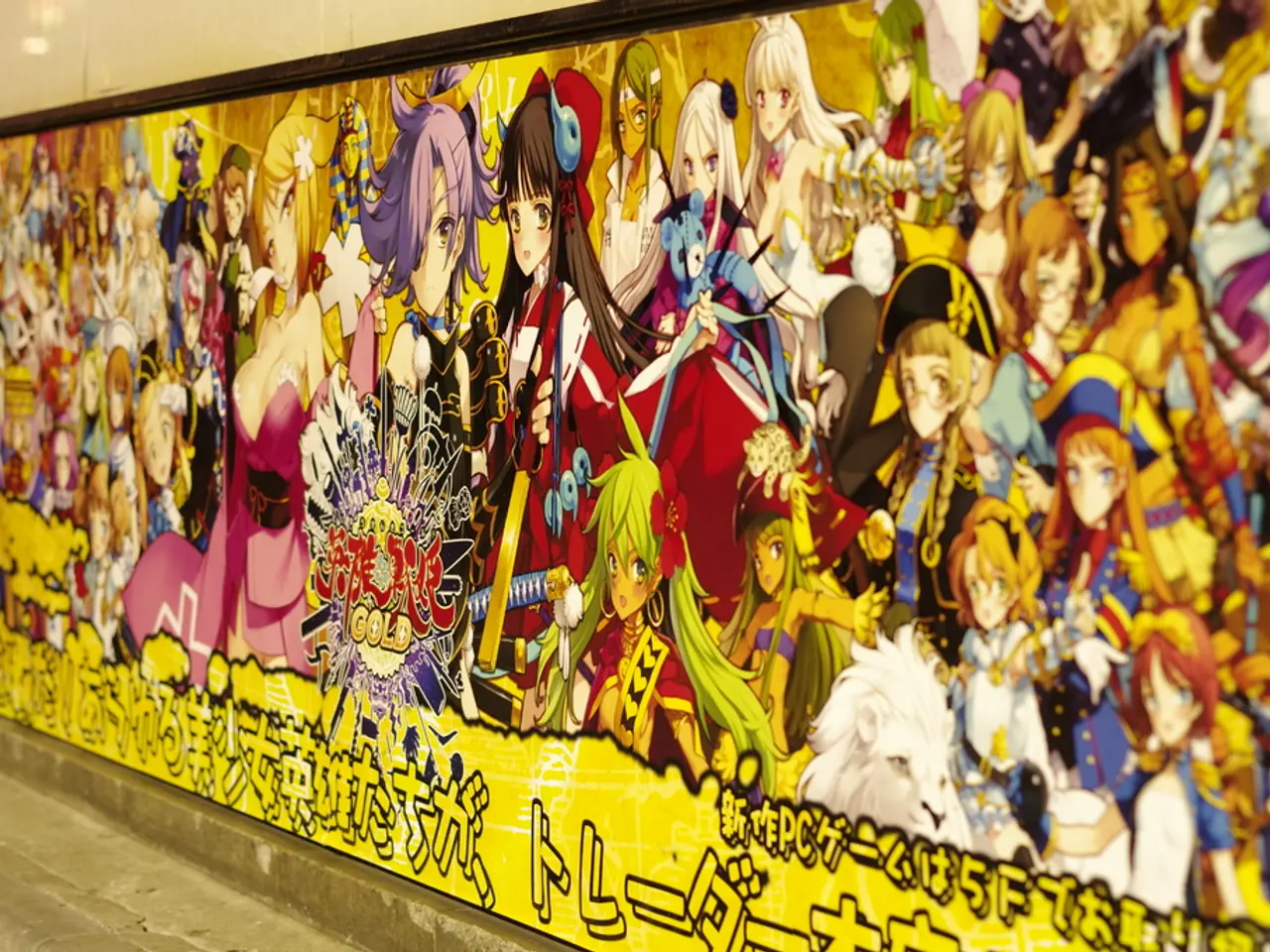Exploring Hypotheses in Cinema and Television: Truth or Fantasy?
In the world of entertainment, fan theories have become a fascinating phenomenon, enriching the viewing experience and sparking lively discussions among audiences. These theories, often born from the creative minds of viewers, offer fresh perspectives on beloved stories, filling in gaps and resolving inconsistencies in the originals.
One such theory revolves around the movie "Inception." The iconic spinning top that signifies reality in the film might not be Cobb's totem after all. Instead, some theorize that his wedding ring serves as the totem, a theory that adds an intriguing layer to the character's psyche.
Another captivating theory surrounds Jar-Jar Binks from the Star Wars universe. Speculations abound that this seemingly insignificant character is, in fact, a Sith Lord due to his odd talents in fights and political influence.
Unexplained details in TV shows can often lead to a buzz of ideas among fans, stimulating discussions and engaging viewers on a deeper level. For instance, the theory that Homer Simpson has been in a coma for 30 years recontextualizes much of The Simpsons as a dreamlike experience.
The beauty of fan theories lies in their ability to enrich our engagement, allowing us to dive into stories with fresh perspectives and new eyes. The Pixar Theory, a widely accepted fan theory, suggests that all Pixar films inhabit one universe, supported by recurring themes and visual resemblances. This theory adds a layer of complexity to the beloved animated films, making each watch more intriguing.
TV show mysteries draw viewers in and inspire fan theories and discussions. Shows like The Office and How I Met Your Mother have been subject to numerous theories, such as the long-running speculation that Toby Flenderson is the Scranton Strangler, or the idea that Ted Mosby exaggerates Barney Stinson’s womanizing, casting doubt on the reliability of the show’s narration.
Nonlinear narratives, such as those found in Pulp Fiction or Westworld, push fans to piece the story together, leading to vibrant fan theories. In anime, the theory that Ash Ketchum from Pokémon has been in a coma since the first episode frames the entire series as a subconscious fantasy world, explaining recurring dreamlike elements.
Symbolism in movies often jumpstarts new fan theories, prompting viewers to seek answers for seemingly deeper meanings. For example, the monsters in "Bird Box" are theorized to symbolize angels initiating the Rapture.
Fan theories can change how viewers perceive films and shows, turning ordinary moments into pivotal character decisions. In "Get Out," fans theorized that the whole horror story was fantasy concocted by the character Rod Williams.
Hidden messages in movies spark curiosity and lead to theory formation. Investigators of film messages often look for repeated symbols, such as recurring colors, objects, or themes, to decode hidden meanings.
As we eagerly await the upcoming HBO series for potential confirmation or expansion of theories, it's clear that fan theories will continue to captivate audiences and deepen our engagement with stories, offering a unique and exciting dimension to the world of entertainment.
Movies-and-TV series often provide rich materials for entertainment, as they inspire unique fan theories that offer fresh perspectives and deepen our engagement with beloved stories. For example, theories about Jar-Jar Binks from Star Wars suggest he might be a Sith Lord, while some propose that Homer Simpson has been in a coma for 30 years.
Entertainment such as "Get Out" offers symbolism that fuels fan theories, as the characters' actions can be reinterpreted to reveal hidden depths, like the theory that the whole story is a fantasy concocted by Rod Williams.







